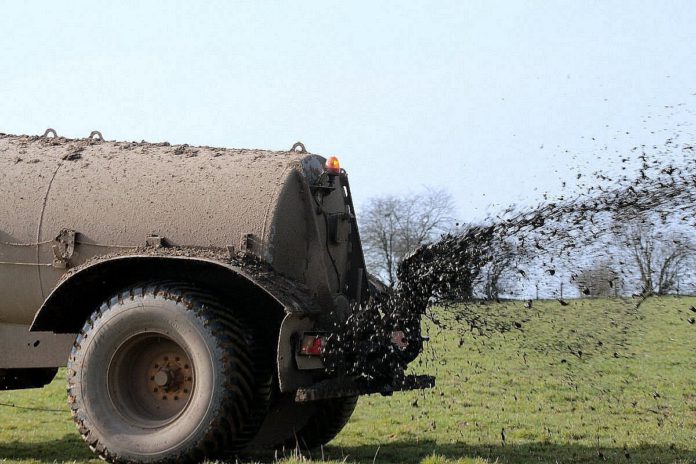“The DAFM’s new guidelines have the potential to allow for slurry spreading on farms at dates later than the new earlier closing deadlines of October 8th, 2022, and October 11st, 2023.”
That is according to the Association of Farm & Forestry Contractors in Ireland (FCI), which is in favour of the new DAFM slurry spreading extension guidelines, which are to be based on the Moorepark St. Gilles Grass Growth Model.
The ag contracting body has welcomed the adoption of scientific criteria over calendar dates in assessing conditions for slurry spreading exemptions during the closed period.
In doing so, the association has acknowledged that bringing forward of the slurry spreading closed period by one week to October 8th this year, will further reduce the working year for farm contractors who provide slurry spreading services.
Over the past three year, FCI has campaigned for changes to the existing calendar-based closed system.
It has called for the adoption of a more scientific approach based on grass growth and weather factors, which have been proven to enhance the ability of nutrient uptake.
John Hughes, the body’s national chair, explained that the adoption of the Moorepark St. Gilles Grass Growth Model to assess the ability of the grass to use the slurry nutrients based on actual growing conditions, coupled with weather forecasts, is “a long awaited and welcome change” in the DAFM’s approach.
How does the Moorepark St. Gilles Grass Growth model system?
- Measures existing grass growth to include a nitrogen (N) component and a soil water component;
- The model is “effective” in grazing and cutting scenarios. Inputs include weather data, grazing management decisions and N fertiliser application;
- Outputs include daily grass growth, soil mineral N content, grass N uptake, grass N content and NO3−
The association has also called for “great” emphasis on funding for slurry storage to allow the movement of more animal slurry for storage on tillage farms.
Hughes said this would enhance the use of slurry as a replacement fertiliser with additional organic matter benefits.





